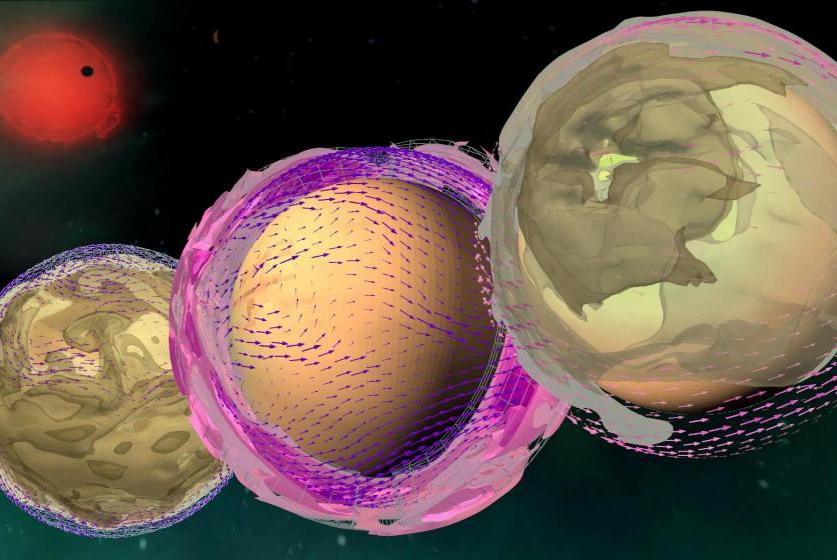MI weekly selection #380

Dust may boost planets’ likelihood of habitability
Faraway planets are more likely to be habitable if airborne dust is present to help keep temperatures moderate by cooling a planet’s hot side and warming its dark side. “Airborne dust is something that might keep planets habitable, but also obscures our ability to find signs of life on these planets,” says Manoj Joshi, study co-author.
Bose-Einstein condensates made on ISS
Bose-Einstein condensates have been created on the International Space Station for the first time. Physicists made the unusual quantum state of matter in the space station’s Cold Atom Lab, which was installed in 2018.
Massive structures detected deep inside Earth
Researchers studying seismic activity have found evidence of massive structures that exist between the Earth’s core and mantle. The structures are called ultra-low velocity zones and scientists aren’t yet sure what they are made of, but they may hold some answers about the origins of some volcanoes and the lower mantle’s composition.
Search for plane offers data on ocean-crust formation
Vessels that collected seafloor data in the search for missing Malaysia Airlines Flight 370 in the southern Indian Ocean failed to find the aircraft’s resting place, but the resulting maps offer details about the ocean crust around the Southeast Indian Ridge, scientists say. An analysis of the data shows how the crust grew over hundreds of thousands of years, and may help scientists understand the processes affecting ocean-crust formation.
Strange 157-day FRB cycle
Researchers have detected a fast radio burst cycle that lasts 157 days, which is an unusually long time. The bursts, coming from a dwarf galaxy about 3 billion light-years away, are active for 90 days and quiet for 67 in a pattern that astronomers have tracked for four years.